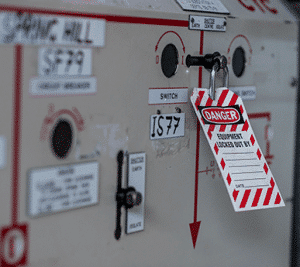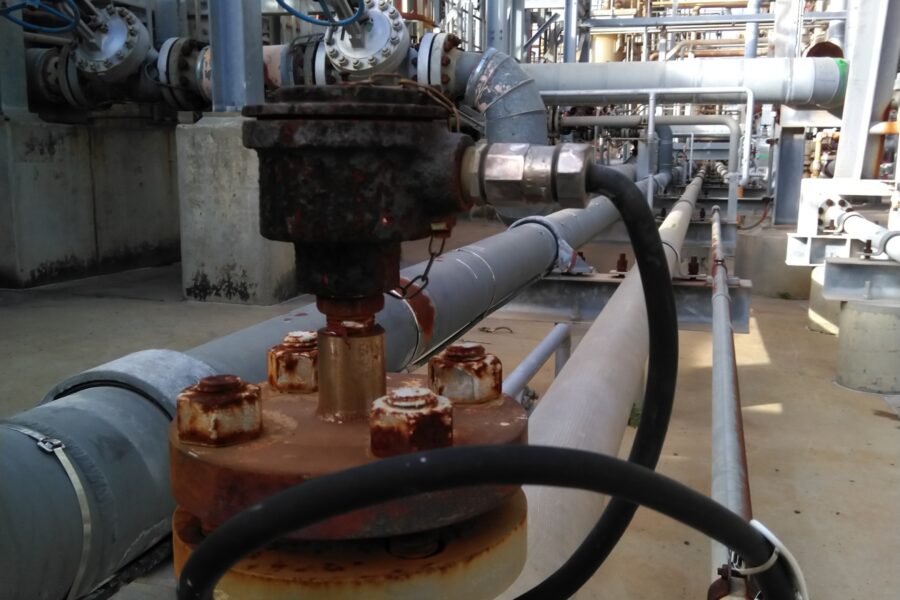How Roar Solutions can Save You Time, Stress, and Money.
How Roar Solutions can Save You Time, Stress, and Money.
Blog Article
The Basic Principles Of Roar Solutions
Table of ContentsExcitement About Roar Solutions4 Simple Techniques For Roar SolutionsThe Roar Solutions PDFs
In such an atmosphere a fire or surge is possible when three basic problems are fulfilled. This is often described as the "dangerous location" or "combustion" triangular. In order to protect installments from a possible explosion a technique of evaluating and classifying a potentially hazardous location is required. The function of this is to make sure the proper choice and setup of equipment to ultimately avoid a surge and to make certain safety of life.
(https://au.pinterest.com/pin/1124703706941720474)
No devices needs to be installed where the surface temperature of the devices is greater than the ignition temperature level of the given danger. Below are some usual dirt harmful and their minimal ignition temperature level. Coal Dust 380C 225C Polythene 420C (melts) Methyl Cellulose 420C 320C Starch 460C 435C Flour 490C 340C Sugar 490C 460C Grain Dust 510C 300C Phenolic Material 530C > 450C Aluminium 590C > 450C PVC 700C > 450C Soot 810C 570C The likelihood of the danger existing in a concentration high adequate to trigger an ignition will certainly vary from place to area.
In order to identify this risk an installment is split into areas of danger relying on the amount of time the dangerous is existing. These locations are referred to as Zones. For gases and vapours and dusts and fibers there are 3 zones. Area 0 Area 20 A harmful atmosphere is highly most likely to be present and may exist for long periods of time (> 1000 hours annually) and even constantly Area 1 Zone 21 A harmful ambience is feasible but not likely to be existing for long periods of time (> 10 450 C [842 F] A classification of T6 indicates the minimal ignition temperature is > 85 C [185 F] Harmful area electric equipment possibly created for use in higher ambient temperatures. This would suggested on the score plate e.g. EExe II C T3 Ta + 60C( This indicates at 60C ambient T3 will not be surpassed) T1 T1, T2, T3, T4, T5, T6 T2 T2, T3, T4, T5, T6 T3 T3, T4, T5, T6 T4 T4, T5, T6 T5 T5, T6 T6 T6 A T Course ranking of T1 implies the optimum surface area temperature produced by the tool at 40 C is 450 C. Presuming the connected T Course and Temperature level score for the devices are ideal for the area, you can always utilize an instrument with an extra rigorous Division score than required for the area. There isn't a clear solution to this inquiry regrettably. It truly does depend upon the kind of tools and what fixings need to be accomplished. Equipment with specific test treatments that can not be performed in the field in order to achieve/maintain third event score. Have to return to the factory if it is before the devices's solution. Field Repair Work By Authorised Worker: Complicated testing may not be required nonetheless details treatments may need to be followed in order for the tools to keep its 3rd party score. Authorised personnel must be used to do the work correctly Repair have to be a like for like replacement. New component need to be considered as a direct substitute needing no unique testing of the tools after the fixing is full. Each piece of tools with an unsafe rating should be examined independently. These are outlined at a high level below, yet for more comprehensive info, please refer straight to the guidelines.
What Does Roar Solutions Do?
The devices register is a thorough database of equipment records that includes a minimum collection of areas to identify each thing's location, technological criteria, Ex-spouse category, age, and environmental data. The proportion of Comprehensive to Close examinations will be determined by the Equipment Threat, which is analyzed based on ignition threat (the chance of a source of ignition versus the chance of a flammable atmosphere )and the dangerous location category
( Zone 0, 1, or 2). Applying a robust Risk-Based Evaluation( RBI )technique is important for making certain compliance and security in handling Electrical Equipment in Hazardous Locations( EEHA).
10 Easy Facts About Roar Solutions Described

In terms of eruptive danger, a hazardous location is an environment check this in which an eruptive environment is existing (or may be expected to be existing) in amounts that call for unique precautions for the building, installation and use equipment. Roar Solutions. In this article we discover the challenges faced in the office, the risk control procedures, and the needed competencies to work securely
It is a repercussion of modern life that we make, save or take care of a series of gases or liquids that are regarded combustible, and a variety of dusts that are deemed combustible. These materials can, in certain problems, develop eruptive environments and these can have major and terrible consequences. The majority of us are acquainted with the fire triangle get rid of any kind of among the three aspects and the fire can not take place, however what does this mean in the context of unsafe locations? When breaking this down right into its easiest terms it is basically: a combination of a certain quantity of release or leakage of a certain compound or product, blending with ambient oxygen, and the visibility of a source of ignition.
In the majority of instances, we can do little about the levels of oxygen airborne, yet we can have substantial impact on sources of ignition, for instance electric devices. Harmful areas are documented on the dangerous location category illustration and are determined on-site by the triangular "EX-SPOUSE" indication. Here, among other key info, areas are divided right into 3 kinds depending upon the hazard, the possibility and duration that an explosive ambience will exist; Area 0 or 20 is regarded one of the most hazardous and Zone 2 or 22 is regarded the least.
Report this page